My article on “The Kingdom of Guge – A Lost Tibetan Civilization” has featured in January 2014 issue of Asian Geographic magazine. The relevant pages from the magazine can be viewed by clicking on the images below and scrolling. I have also provided the article content in text format for ease of reading.
The Kingdom of Guge – A lost Tibetan Civilization
Little explored by adventurers in the past, Tibet today is strictly controlled by the Chinese government and travel within the region has been restricted ever since the Dalai Lama’s flight from Tibet in 1959. Only recently have foreigners been allowed to enter Tibet, but severely restricted travel permits make it practically impossible to explore the area at will. The place famously known as “the roof of the world” remains largely off-limits to even the most intrepid tourists.
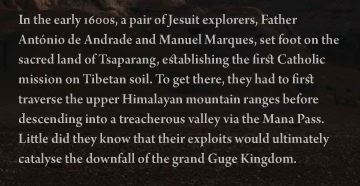
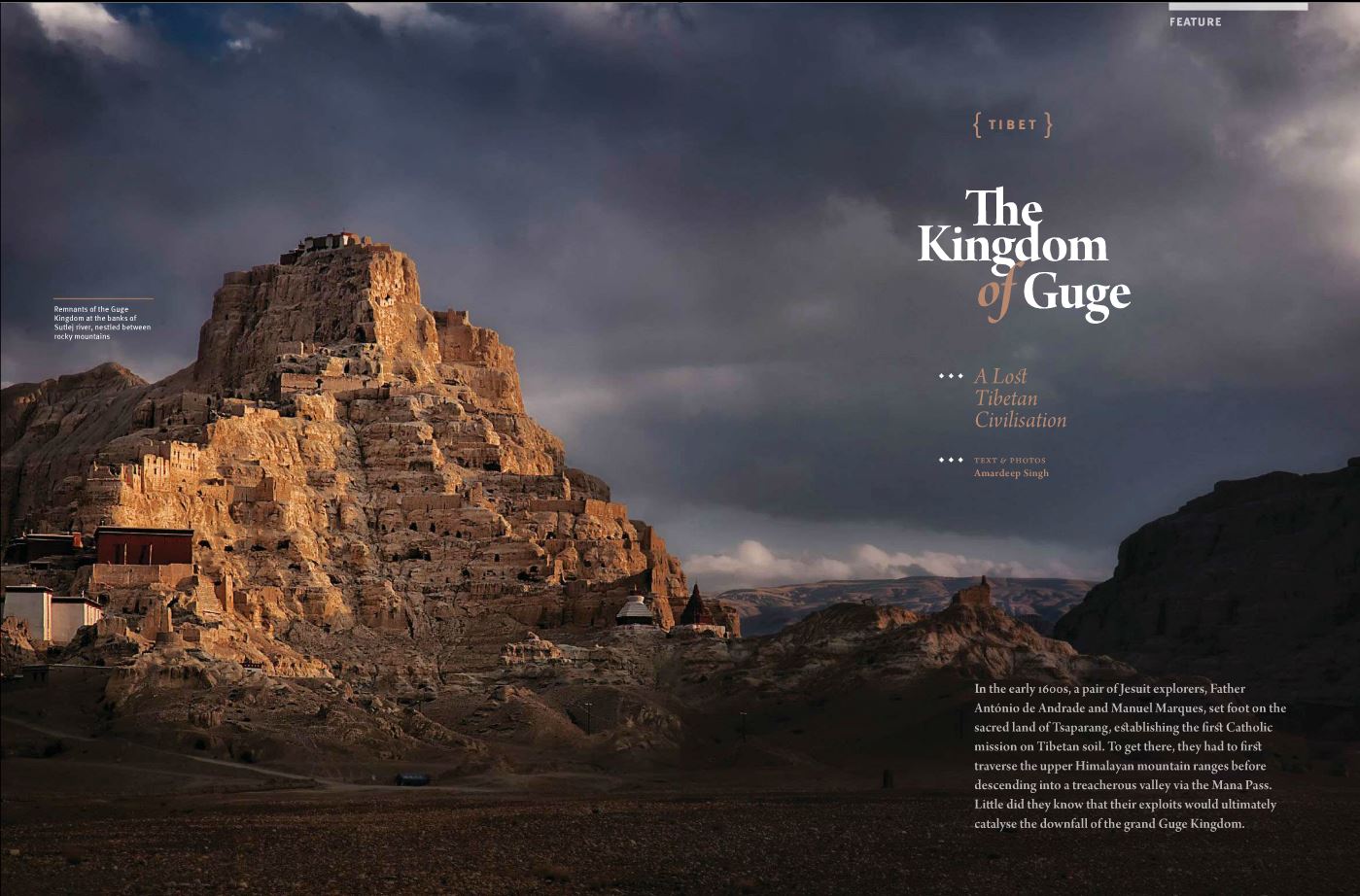
Image : Remnants of the Guge Kingdom at the banks of Sutlej river, nestled between rocky mountains.
Travellers lucky enough to visit Tibet inevitably see little more than the administrative capital, Lhasa. Some venture westward, as far as Mount Kailash, but only the privileged few get to know the area beyond, where the beauty of the barren, craggy mountain landscapes dwells at the remote western border. This is the region of Tsaparang, a place where the ancient kingdom of Guge could once be found.
I came across the mention of this kingdom in 2007 when reading Lama Angarika Govinda’s The Way of the White Clouds. His description of the landscape here is forever etched in my mind :
“…vivid colours and chiseled forms of rocks and mountains stand out in brilliant clearness, divested of any trace of vegetation, like the world of the first day of creation, when only heaven and earth were facing each other in the primal unity…”, by Lama Angarika Govinda, from The Way of the White Clouds.
So strong was my interest in visiting this remote area that in May 2011, I secured a travel permit to drive, with my 18 year old daughter, the 3400 kilometres from Lhasa to Tsaparang and back. We flew from Singapore on June 4, 2011, to Chengdu and took a Chinese domestic flight to Lhasa.
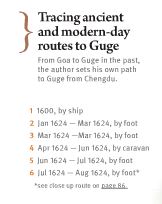
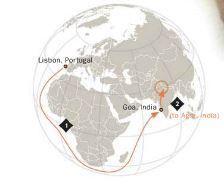
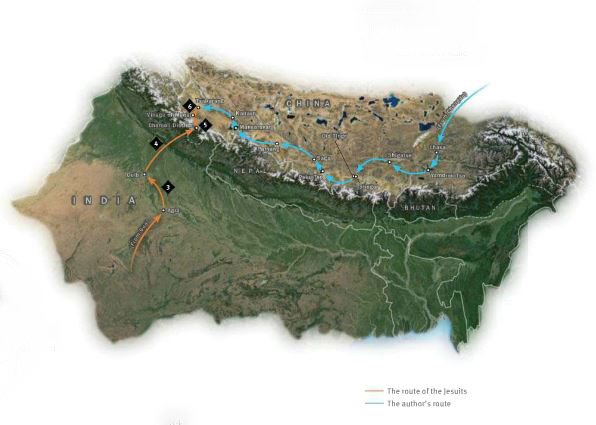
After acclimatizing for two days in the Tibetan capital, we began our long westward journey by four wheel drive, taking us through Yamdrok Tso, Shigatse, Shegar, Old Tingri, Saga, Paryang, Mansarovar, Kailash, Peku Tso, Tsaparang and finally to our destination, Tsaparang, centre of the Guge Kingdom.
Located in the remote Ngari Prefecture, on the banks of Sutlej river, Tsaparang is a nine-day drive from Lhasa or eight days travel from Kathmandu or Kashgar (Xinjiang). It isn’t far from the picturesque Indian state of Ladakh, and while current political circumstances prevent access to Tibet from India, a rich trade route between the two neighbours once passed through this region.
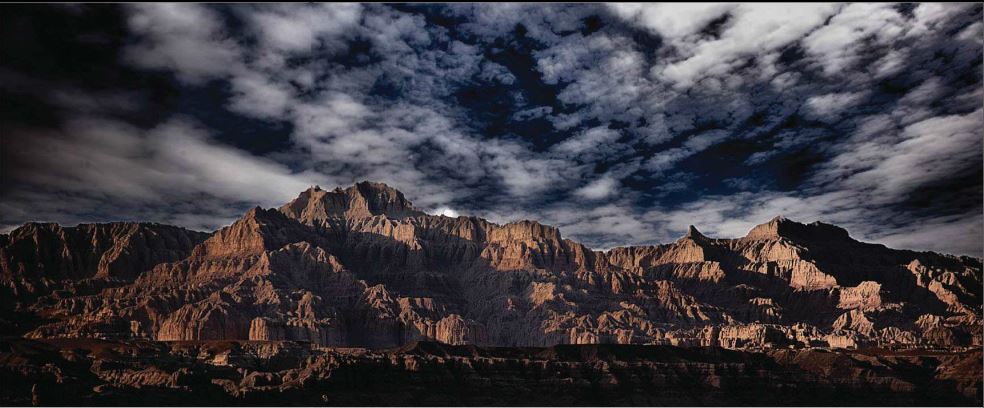
Image : The panoramic view of Tsaparang, the place where the ancient kingdom of Guge could once be found.
It was in the 10th century that Nyi Ma Mgon, oe of the great-grandsons of Glang Darma, the last monarch of the Tibetan Empire (Tubo), established the Guge kingdom. He later divided it into three parts – Ladakh, Zanskar and Guge – appointing his three sons as the rulers of the kingdoms. They were ruled independently, but with strong alliances among the brothers.

At the beginning of the 16th century, on the distant plains of India, Vasco da Gama, the first European to reach India by sea, opened the floodgates to trade, and the Portuguese quickly established a permanent settlement in Goa, maintaining their rule for some 450 years until the Indian Army took back possession of the territory in 1961. A well as trade, the Portuguese were driven by the desire to spread Christianity in India, and immediately after establishing their rule, they encouraged Jesuits from Portugal to sail to Goa.
One such Jesuit, António de Andrade, landed in Goa in 1600 to pursue higher religious studies; he was joined by another, Manuel Marques. The Jesuit missionaries of Goa were fascinated by the Himalayan mountain ranges in the North. There existed the belief among the Jesuits that in the upper reaches of the Himalayas lay a place where Jesus lived after his resurrection.
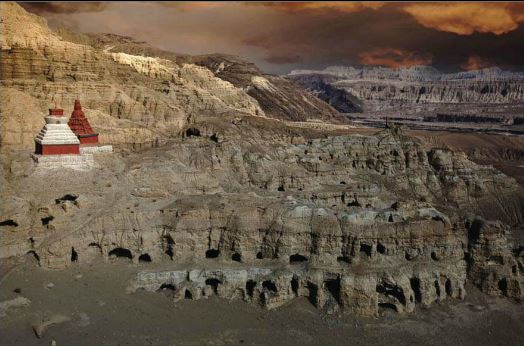
Image : The lower levels of the Tsaparang clay tunnels were the residence of common villagers.
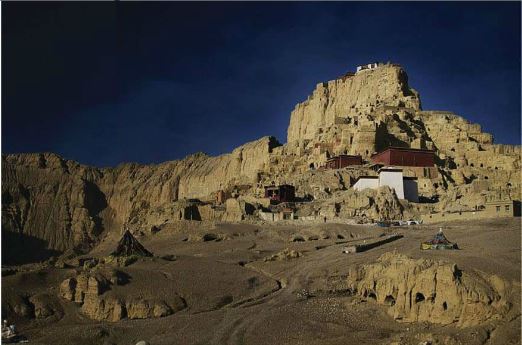
Image : Tsaparang – The centre where over a hundred families lived in a layered clay hill.
A mission in search of this sacred place was not going to be easy, especially for the Jesuit missionaries, unaccustomed to such challenging terrain as the Himalayas. But the calling within was strong and Andrade and Marques decided to undertake a pilgrimage to Tibet. In his personal accounts of the journey, Early Jesuit Travellers in Central Asia, published in 1626, de Andrade wrote :
“Immediately beyond this place there rise lofty mountains, behind which lies an awful desert, which is passable only during two months of the year. The journey requires twenty days. As there is an entire absence of trees and plants here, there are no human habitations, and the snowfall is almost uninterrupted; there being no fuel, travelers live on roasted barley meal, which they mix with water and drink, taking with them nothing that requires fuel to cook.”
 Andrade and Marques arrived at Tsaparang, the capital of the Guge kingdom, in early 1624. Strategically located on the Silk Road, Tsaparang was then a thriving fortress city, but due to its unfertile land, it depended totally on imported food. Many traders bought goods from Central Asia and China, and the king received the Jesuits with immense hospitality, permitting them to set up a small church.
Andrade and Marques arrived at Tsaparang, the capital of the Guge kingdom, in early 1624. Strategically located on the Silk Road, Tsaparang was then a thriving fortress city, but due to its unfertile land, it depended totally on imported food. Many traders bought goods from Central Asia and China, and the king received the Jesuits with immense hospitality, permitting them to set up a small church.
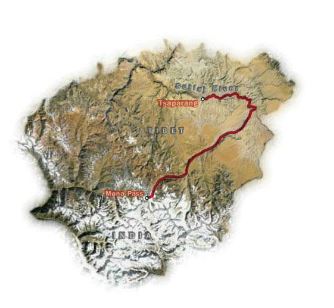
Image : The final leg of the Jesuits’ journey, from the Mana Pass via the Sutlej river, and finally, to Tsaparang.
The perceived favouritism towards the Christians was viewed negatively by the Buddhists of Tsaparang, and upon the departure of the Jesuits, the locals cajoled the king of Ladakh to invade, ultimately leading to the demise of the kingdom and leaving behind a mere shell of the once-glorious palace at Tsaparang. The search for the remote Himalayan refuge where Jesus was believed to have reappeared after his resurrection would go down in history as the catalyst that wiped the great Guge kingdom off the face of the Earth.
Remembering Tsaparang’s Zenith
- The Tsaparang of today gives us clues as to the majesty of the past glories : the remains of a huge clay fortress, perched on a pyramid shaped cliff rising about 150 metres, containing numerous tunnels and caves carved out of the rock. The kingdom’s common people occupied the lowest levels, while the level above was for public temples and monks’ quarters. At the top, in an open space, stood the royal palace.
- At the height of the kingdom’s existence, it is believed that more than a hundred families lived in Tsaparang’s tunnels. One can only wonder about the mechanisms employed to lift water from the Sutlej river to the top of the fortress’s clay structures to cater to the needs of these families.
- While the people of Tsaparang adhered to Tibetan Buddhism, a strong influence of Hinduism ran through its foundations. It was a civilisation open to different belief systems, a fact reflected in the ancient temple murals that bring together Tibetan, Nepali Newari and Indian Kashmiri artistic styles and depict both Hindu Tantric and Buddhist deities. Unfortunately, many of the murals and statues were destroyed during China’s Cultural Revolution of 1966.
- The ruins of Tsaparang have become an impressive reminder of the “Shangri-La” that the kingdom once was.



